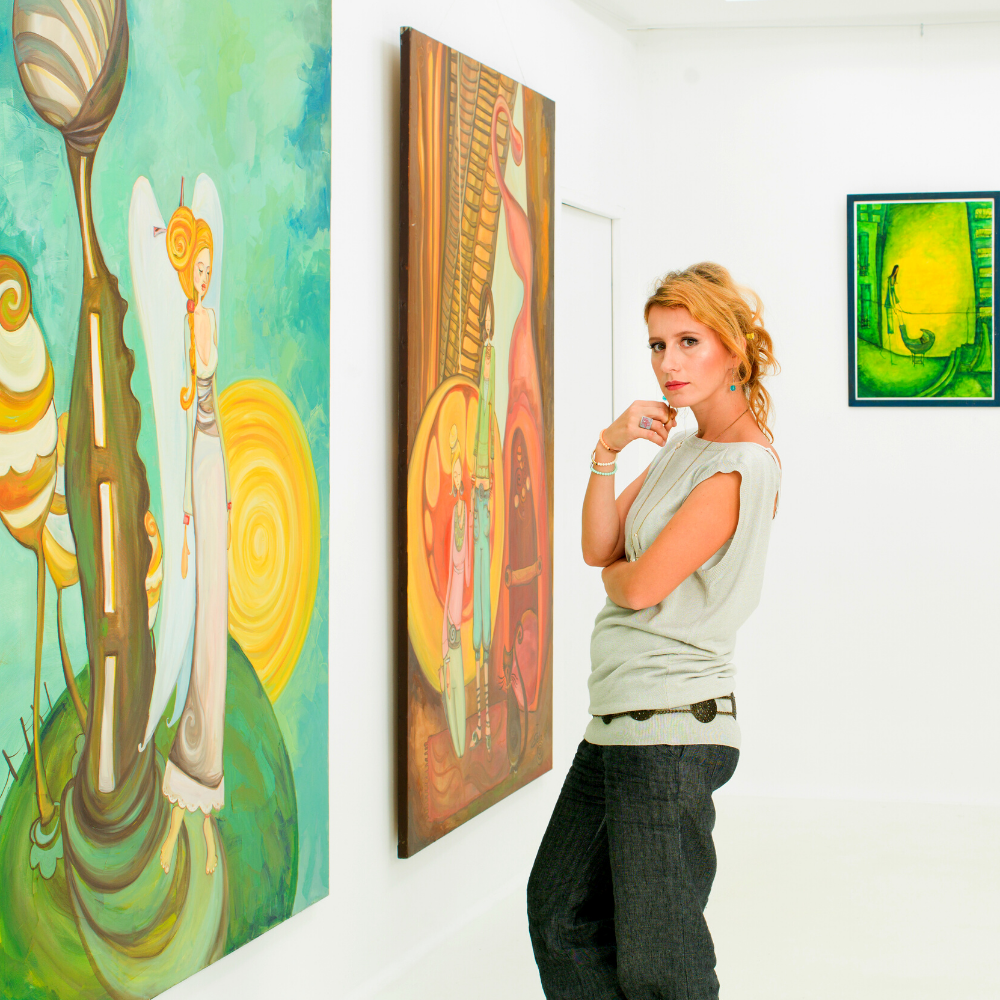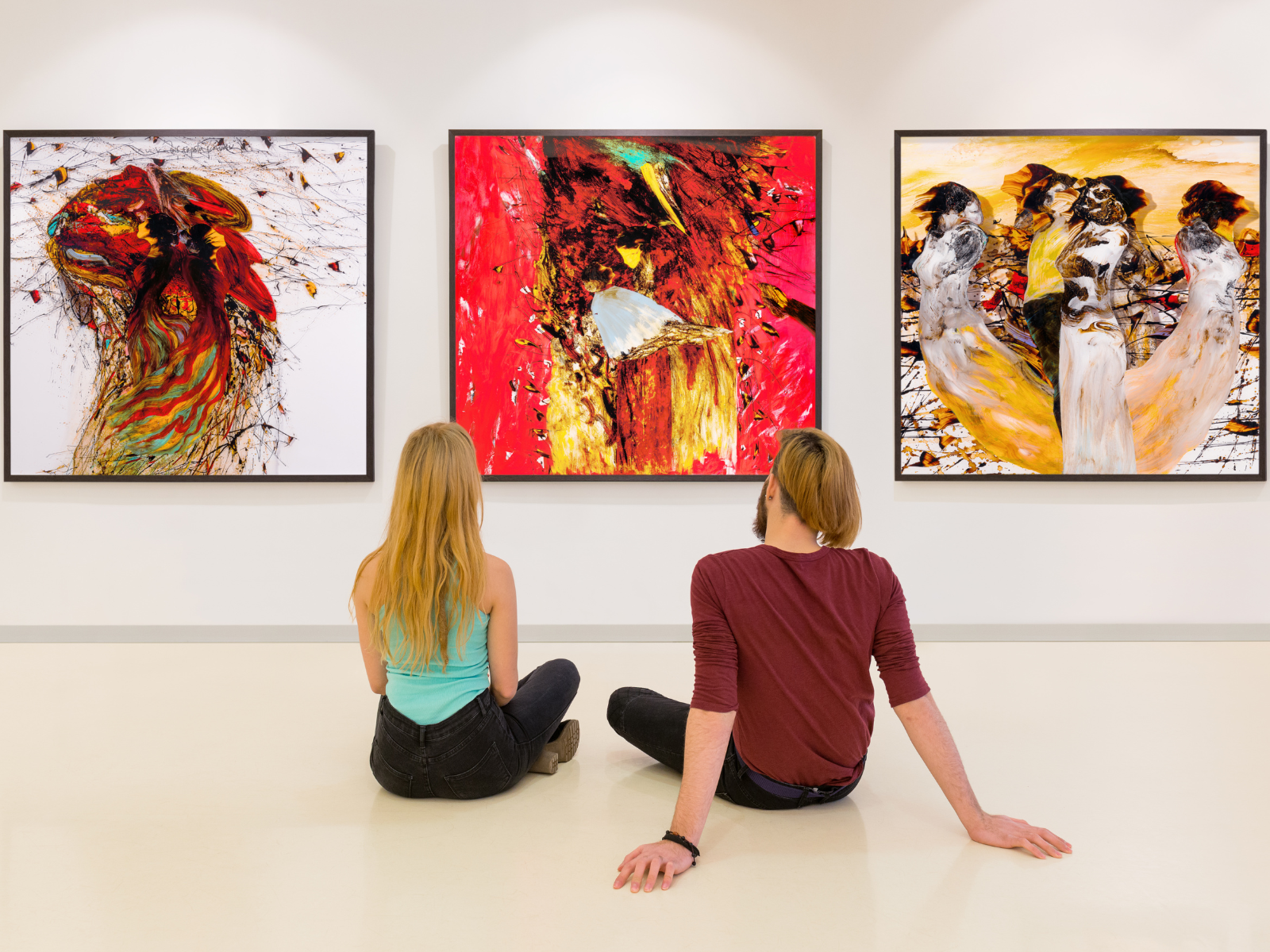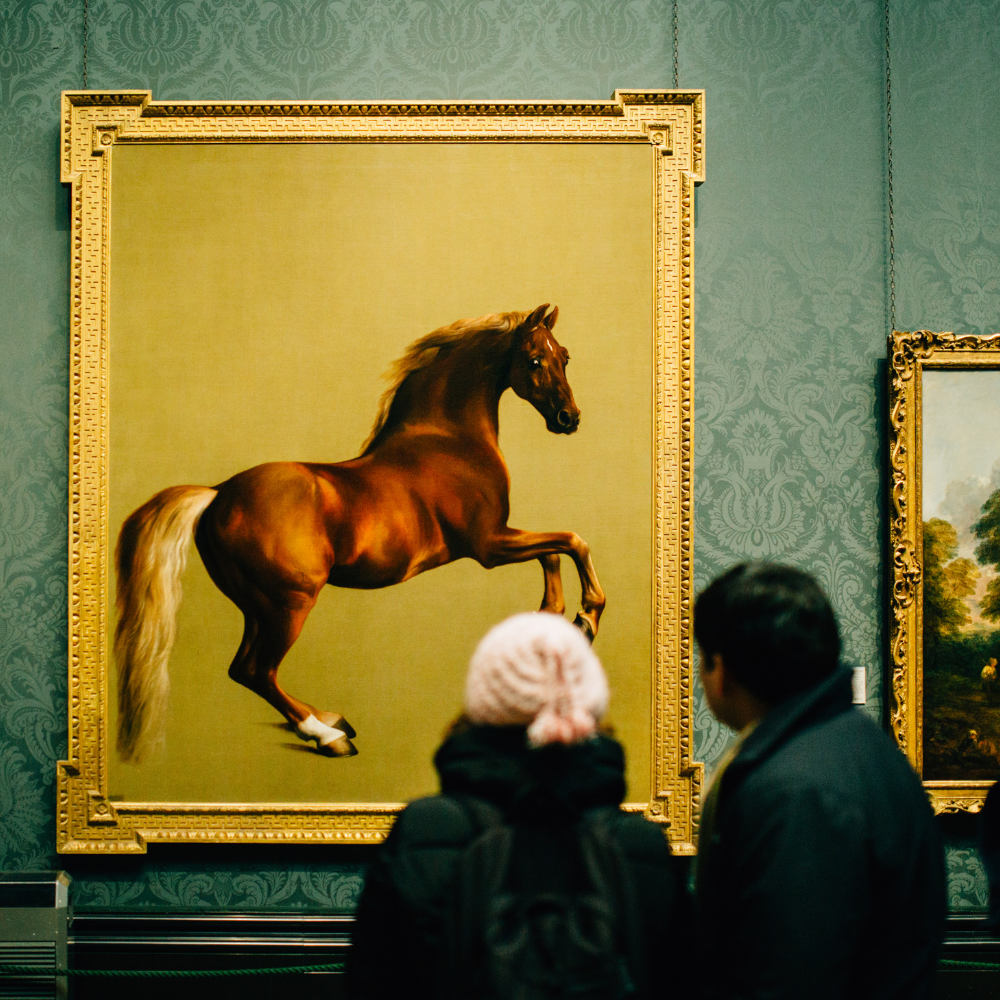Art criticism isn't just about deciding what's beautiful and what's not; it's an intricate dance of analysis, understanding, and interpretation that breathes life into the static visuals before us.
It is a field that encompasses the complex analysis and evaluation of artworks.
This intellectual ballet allows us to peel back the layers of a piece, revealing the rich tapestry of history, emotion, and technique woven into every brushstroke.
It is a vital tool for understanding and appreciating the visual arts, and it plays a crucial role in teaching students about art.
But how does one approach this vast and varied landscape of visual arts critique?
The answer lies in mastering the four major areas of art criticism, each a unique lens through which we can more deeply appreciate and understand the art that moves, challenges, and inspires us.
In this article, we will explore what are the four major areas of art criticism and how they contribute to the critical judgments of artworks.
Join us as we unveil these four pillars, guiding you through the essential steps to becoming a more insightful critic and a more profound lover of art.
Key Takeaways:
- Understand the four major areas of art criticism: description, analysis, interpretation, and judgment.
- Learn how these areas guide critics and enthusiasts in evaluating and appreciating art.
- Discover how art criticism can be applied in educational settings, enhancing the teaching and understanding of visual arts.



The First Step: Description
When approaching an artwork, the initial step is to describe what is happening.
This involves a detailed observation of all the things present in the piece, including the elements of art and principles of design.
Description is the foundation of art critique, as it provides the factual basis upon which further analysis is built.
It is important to identify and discuss the visible aspects such as lines, shapes, colors, texture, space, and forms.
For example, in a painting, one might note the use of bright colors to create emphasis or the repetition of certain shapes to establish rhythm.
Analysis: Dissecting the Composition
Following the description, analysis delves deeper into how the artwork is created.
It examines the relationships between the elements described earlier, such as how the lines direct the viewer's eye or how the balance of light and dark areas contributes to the composition's overall unity.
Analysis also considers the materials and techniques used by the artist, which can provide insight into the expressive qualities of the piece.
For instance, the rough texture of a sculpture might communicate feelings of distress or tension, while smooth, flowing lines in a drawing might evoke a sense of calm.
Interpretation: Uncovering the Meaning
Interpretation is where critics and viewers begin to explore the meaning behind the artwork.
This involves looking beyond the physical attributes to understand the message, ideas, or feelings the artist is trying to convey.
Interpretation is often subjective, as different people may derive different meanings from the same piece.
Symbols, language, and cultural references all play a part in this process.
For example, an artist might use a dove to symbolize peace, but the interpretation of this symbol can vary based on the viewer's personal experiences and knowledge.



Judgment: Evaluating the Merit
The final area of art criticism is judgment, where the critic forms an opinion on the quality and merit of the artwork.
This involves making critical judgments about whether the artwork is successful in achieving its intended purpose, whether it demonstrates mastery of the medium, and its importance or value in the context of other works.
Judgment is not merely about personal taste; it should be informed by a deep understanding of the artwork's context, the artist's intention, and the standards of the field.
For example, a painting might be judged on its innovative use of color or the emotional impact it has on its audience.
Role of Art Criticism in Education
Teaching students the process of art criticism is vital in developing their analytical and evaluative skills.
By learning to describe, analyze, interpret, and judge artworks, students gain a deeper appreciation for art and the ability to express their thoughts and opinions clearly.
Art criticism also provides the tools and language necessary to engage with artworks critically, fostering a lifelong engagement with the arts.
Applying the Four Steps in Practice
To demonstrate the practical application of the four major areas of art criticism, let's consider a case study. Imagine a painting that depicts a bustling city street.
Through description, we might note the vibrant colors, the dynamic composition with diagonal lines suggesting movement, and the variety of textures representing different materials.
Analysis could reveal how the artist uses perspective to create a sense of depth and how the contrast between light and shadow directs attention to certain areas of the painting.
In interpretation, we might discuss the painting's commentary on the energy of urban life or the isolation felt amidst the crowd.
Finally, in judging the painting, we would consider its technical execution, the effectiveness of its message, and its originality within the genre of cityscapes.



Unlock Art's Rich Tapestry Through Criticism
The journey through the four major areas of art criticism - description, analysis, interpretation, and judgment - is akin to embarking on a voyage of discovery within the vast and vibrant world of art.
These four major areas of art criticism provide a structured approach to evaluating and appreciating artworks.
By engaging with these steps, critics, students, and art enthusiasts can develop a deeper understanding of art and its myriad forms and messages.
The practice of art criticism is not only about forming an opinion but also about enriching one's knowledge and appreciation of the visual arts.
This structured approach not only sharpens our critical thinking but also deepens our connection to the visual arts, allowing us to uncover the layers of meaning, emotion, and technique that artists weave into their creations.
Art criticism, therefore, is much more than a mere exercise in opinion; it is a gateway to a richer, more profound appreciation and understanding of the art that surrounds us, inviting us to see beyond the surface and appreciate the intricate dance of creativity that spans centuries and cultures.



Art Criticism FAQs
Diving into the world of art can often feel like stepping into a labyrinth of colors, emotions, and expressions that are both intriguing and bewildering.
Whether you're an art enthusiast, a budding critic, or someone simply curious about the vibrant world of art, navigating through its complexities can sometimes be as challenging as it is rewarding.
That's where the art of criticism comes into play, acting as a compass guiding us through the intricate maze of artistic creations.
But what exactly is art criticism, and why does it hold such significance?
Is it a skill reserved for the erudite few, or can anyone learn to critique art?
And most importantly, how can one sharpen their art criticism skills to engage with art more profoundly?
Let's delve into these questions and more and illuminate the path for anyone looking to deepen their understanding and appreciation of art.
Why is art criticism important?
Art criticism is important because it provides a structured way to analyze, understand, and appreciate artworks. It helps viewers to go beyond their initial impressions and engage with art on a deeper level, considering the artist's intention, the cultural context, and the technical aspects of the work.
Can anyone be an art critic?
Yes, anyone can engage in art criticism. While professional critics often have formal training in art history or related fields, the principles of art criticism can be learned and applied by anyone with an interest in art. Teaching students the basics of art criticism empowers them to express their thoughts and engage with art in a meaningful way.
How can I improve my art criticism skills?
To improve your art criticism skills, practice is key. Spend time observing and reflecting on different artworks, and try to apply the four steps of description, analysis, interpretation, and judgment. Reading professional art critiques and discussing art with others can also enhance your understanding and ability to articulate your thoughts about art.



Want even more content about creativity and art?
Be sure to check out all of our creative chronicles!
Eager to explore art, creativity, and critiquing?
Check out some of our other articles:
-Giving and receiving feedback
-How do you analyze and critique art?
-What are the four steps in critiquing artwork?
-What questions can you ask while evaluating art?
-How do you evaluate a piece of art?










